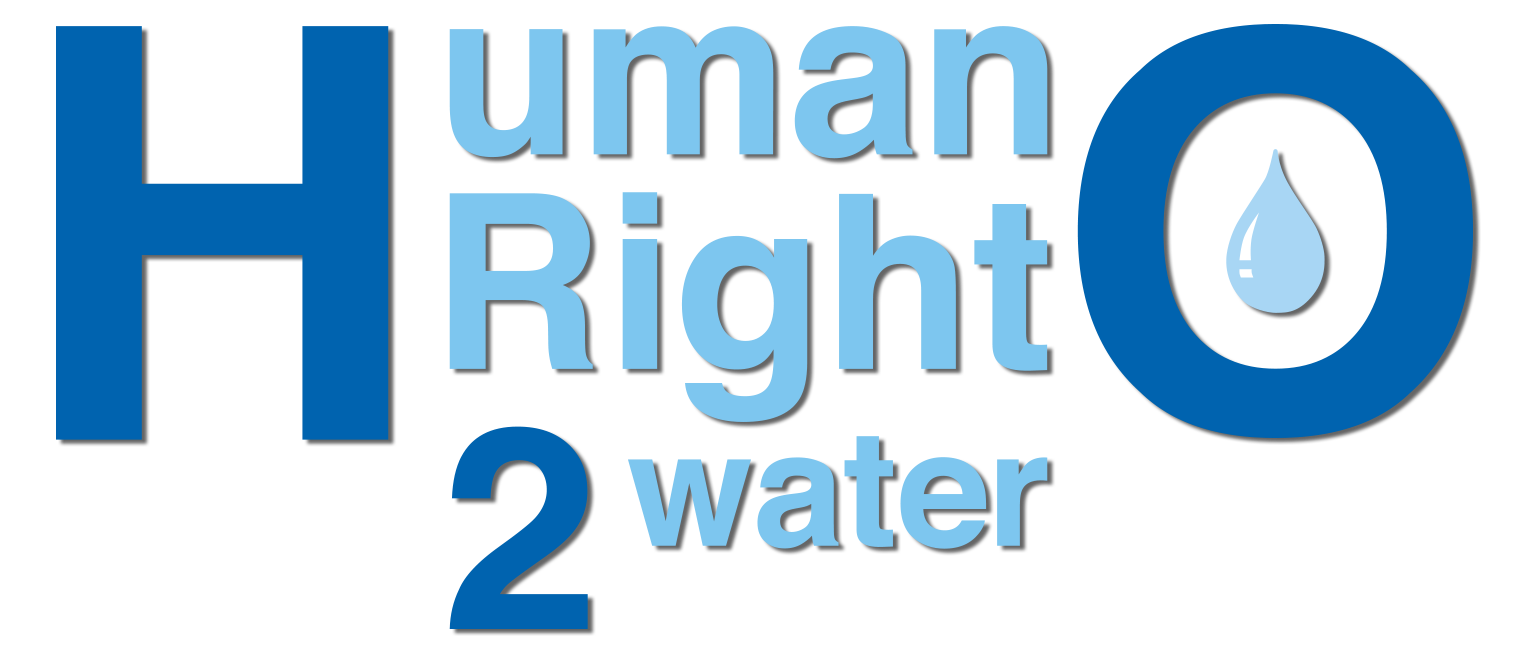General awareness of the link between the environmental health of our rivers, and the long term availability of water for human needs, is not well understood by many people. It may be assumed that quality degradation is inevitable, and that we can solve all problems with water treatment. That is far from the truth, as the majority of our drinking water comes from aquifers which are gradually being depleted and contaminated through the mal-treatment of surface water bodies and land. It is critically important to increase this awareness through education and testing of water quality, highlighting problems with wastewater discharge, and encouraging local communities to take ownership over the quality of water in their rivers.
Good water quality is essential to our wellbeing and a healthy life. As one of the five criteria in the Human Rights to Water and Sanitation (HRWS), and according to General Comment No.15, water must be safe for consumption, free from micro-organisms, chemical substances or any other substance that can cause harm to human health. This standard is explored further in the targets for SDG 6.1, with improved drinking water. Water should also be of an acceptable colour, odour and taste for each personal or domestic use, and meet WHO guidelines of drinking water quality.
Sanitation facilities equally, must be safe to use and effectively prevent human, animal and insect contact with human excreta. It is also essential to have access to water for hygiene purposes, washing hands, and keeping the facilities clean.
Untreated wastewater contaminates the environment, causes widespread disease and damaged ecosystems. From the point of view of a healthy environment (and the human right to both the right to a clean and healthy environment, and to safe drinking water) we need to protect water bodies from wastewater from untreated sanitation facilities, from agrochemical and intense farming activities, and from industrial and other establishments which may contain hazardous substances, such as heavy metals and other pollutants. Water pollution limits opportunities for safe and productive use and reuse of water sources to augment freshwater supplies, particularly in water-scarce regions”. SDG 6.3
In this complex human rights miasma of water needs for domestic and personal use, and environmental needs for ecological health and ultimately human welfare, and at a very basic level, we need to first and foremost look after natural water sources, and protect them from pollution and over-extraction.

Human Right 2 Water has teamed up with the World Water Quality Alliance to encourage stakeholder engagement through citizen science. We are supporting our members to set up local water forums to test water quality in their local rivers, and to share it with local councils and authorities to help improve the situation. Local Water Forums are run by volunteers through schools or environmental groups, to raise awareness and report on quality. We particularly like methods such as the one provided by an App called miniSASS which requires no special equipment other than a net and a plastic bucket, to collect samples and identify the bugs (macroinvertebrates) that can be used to determine the health of the river.
Please get in touch with us for more information at info@humanright2water.org.


